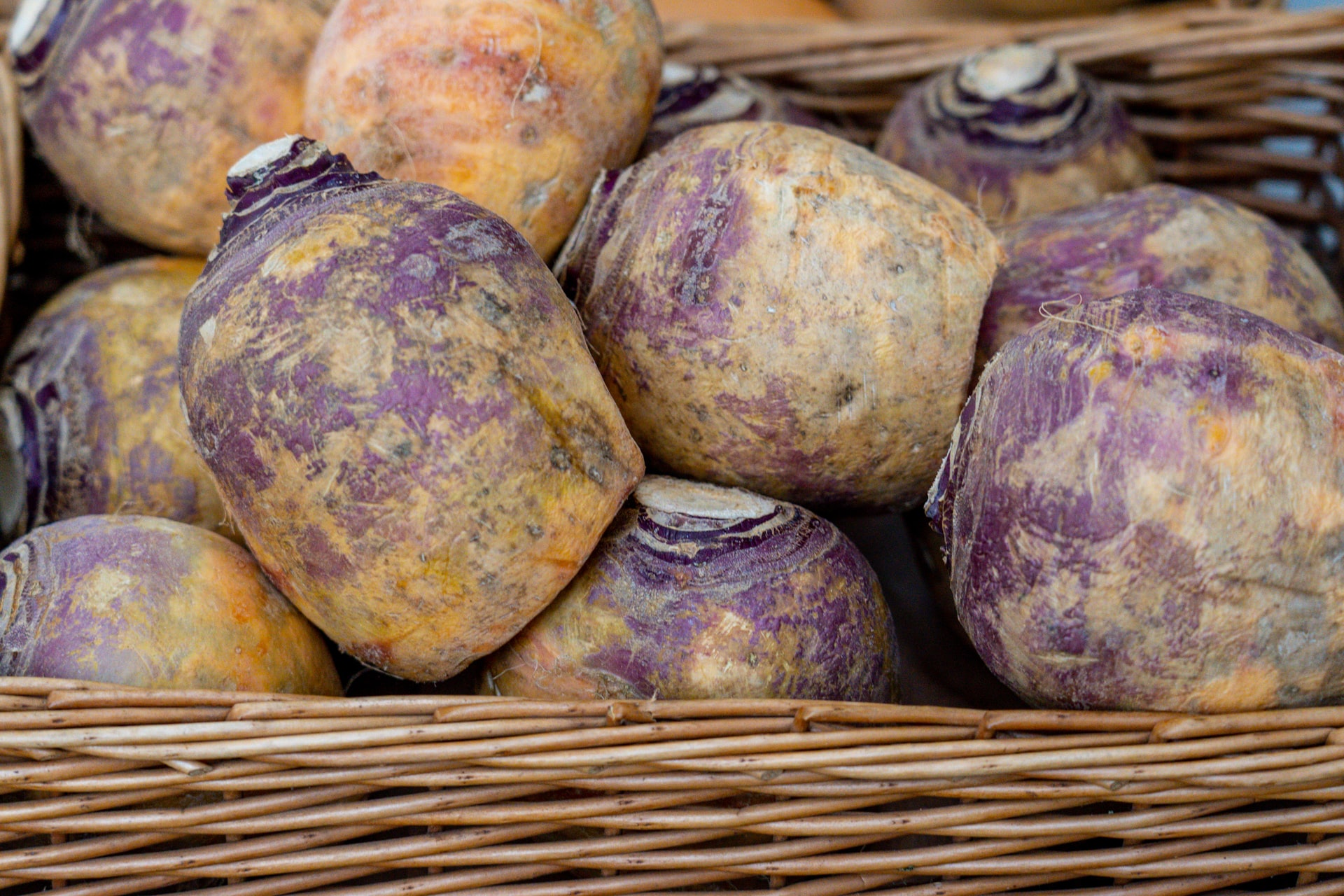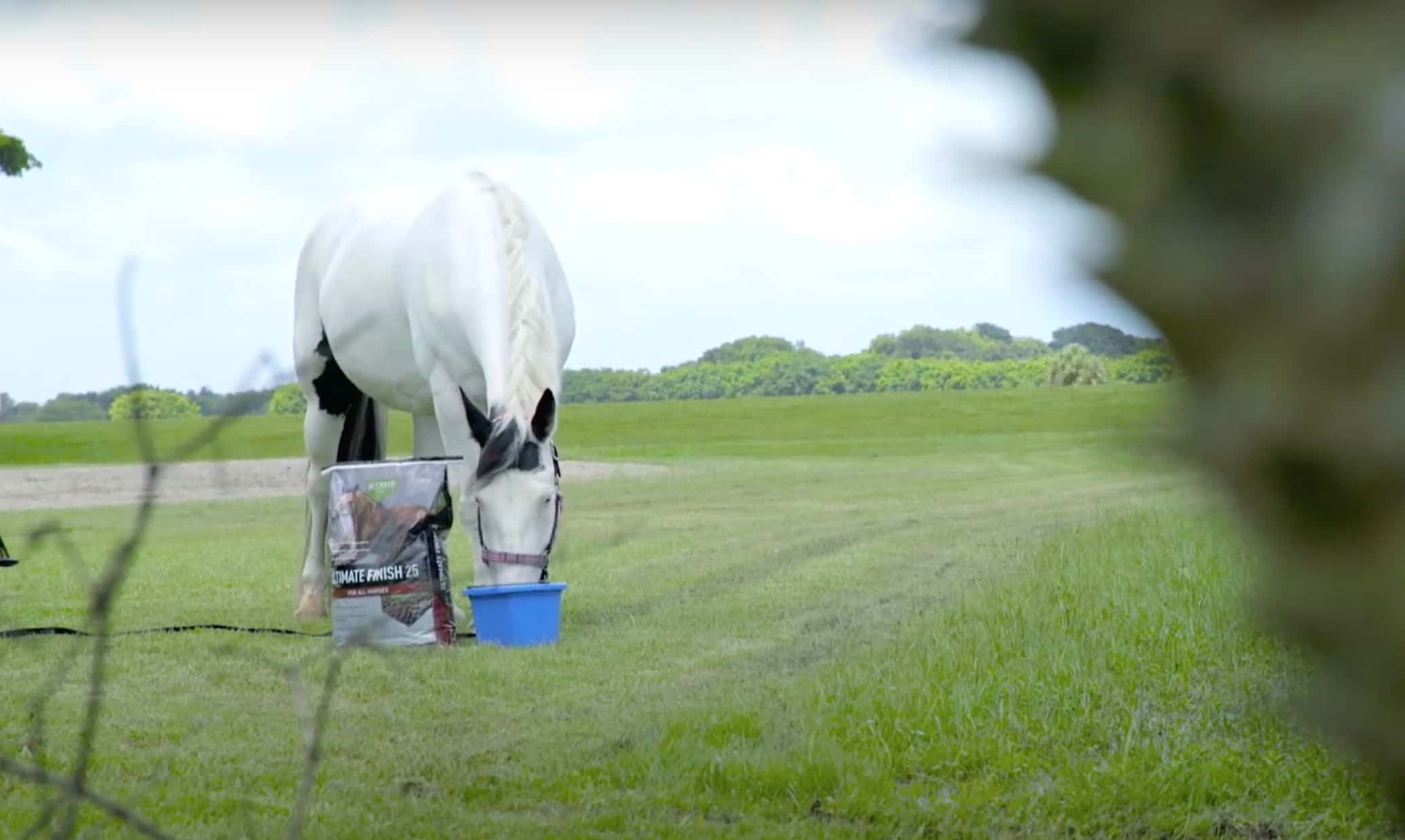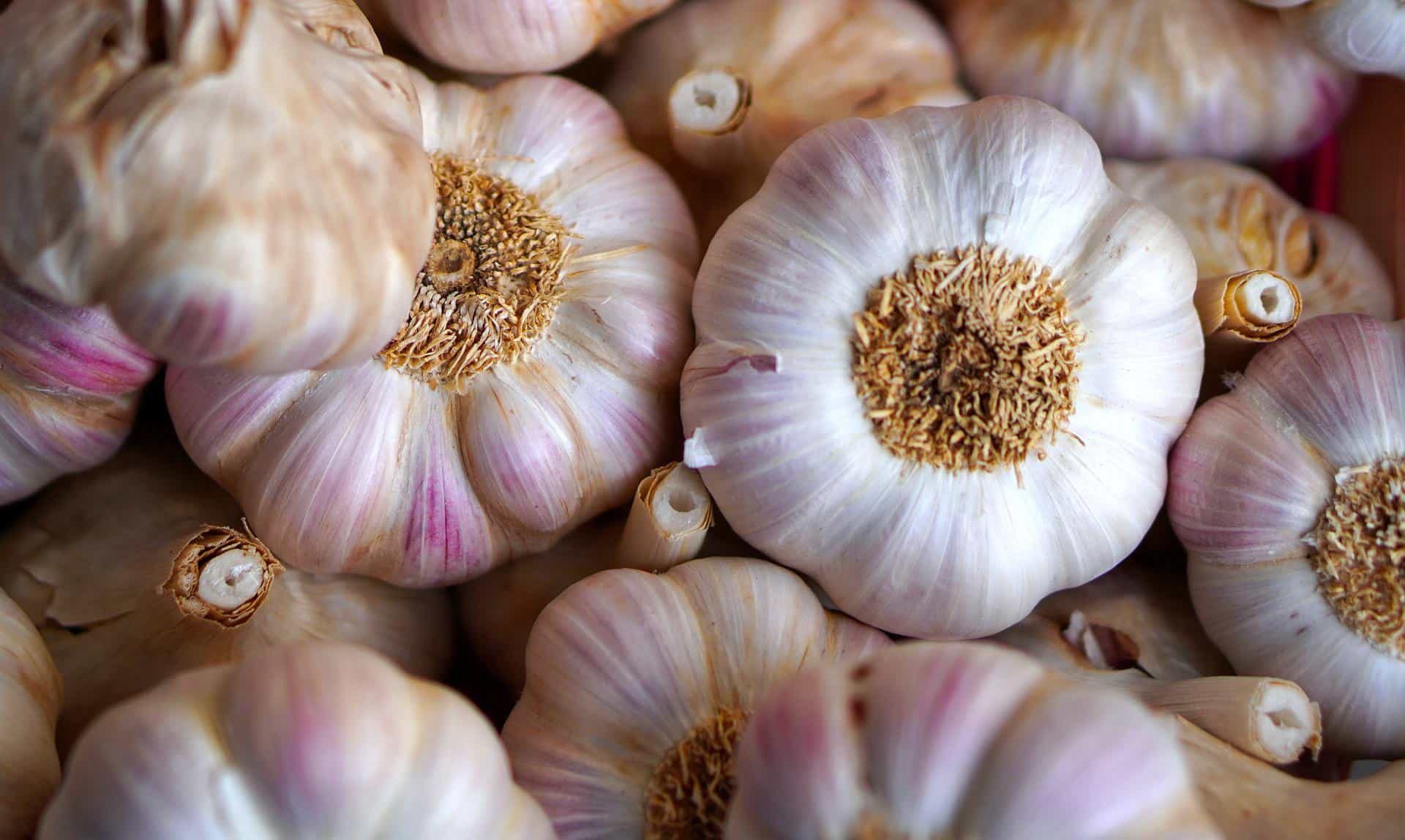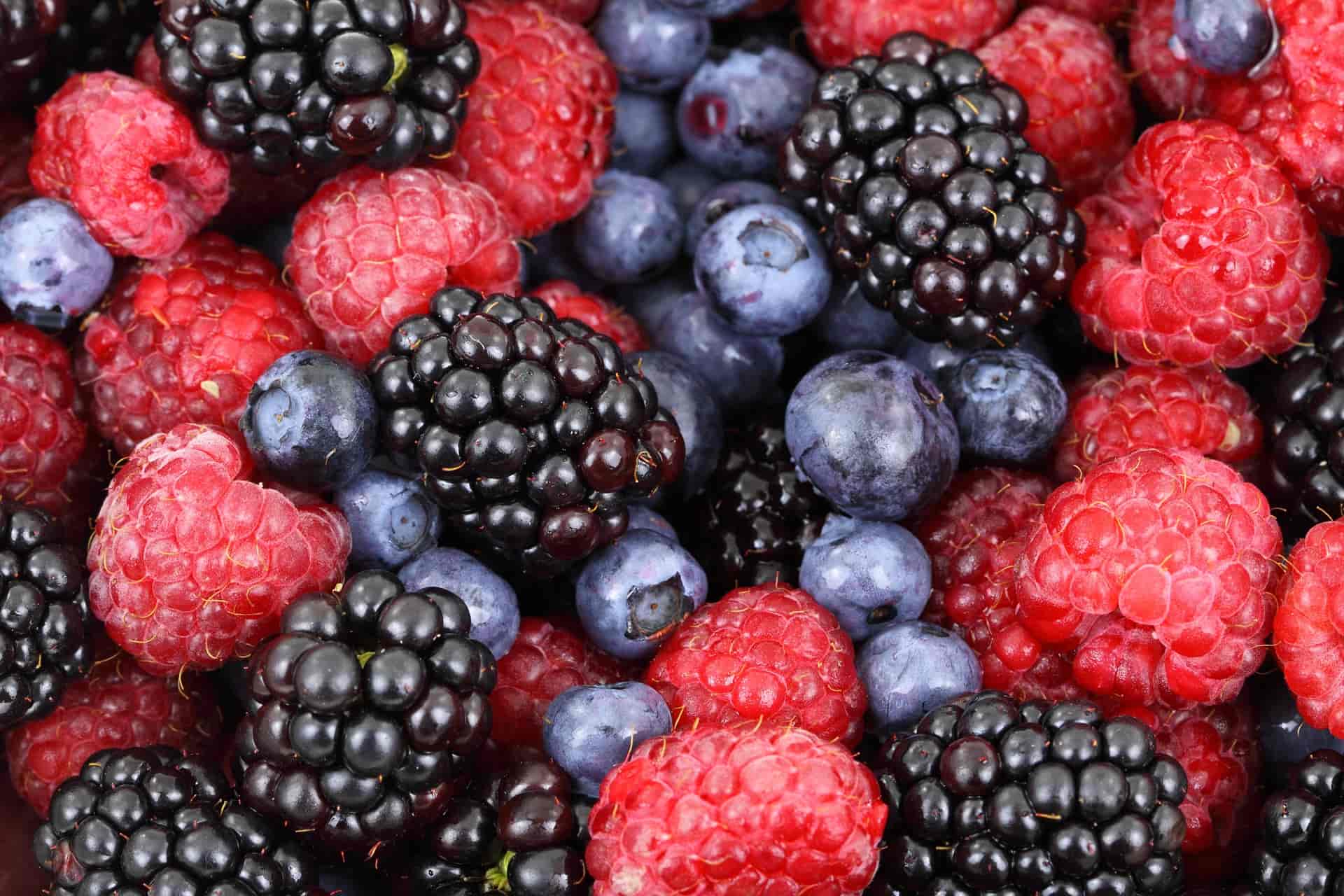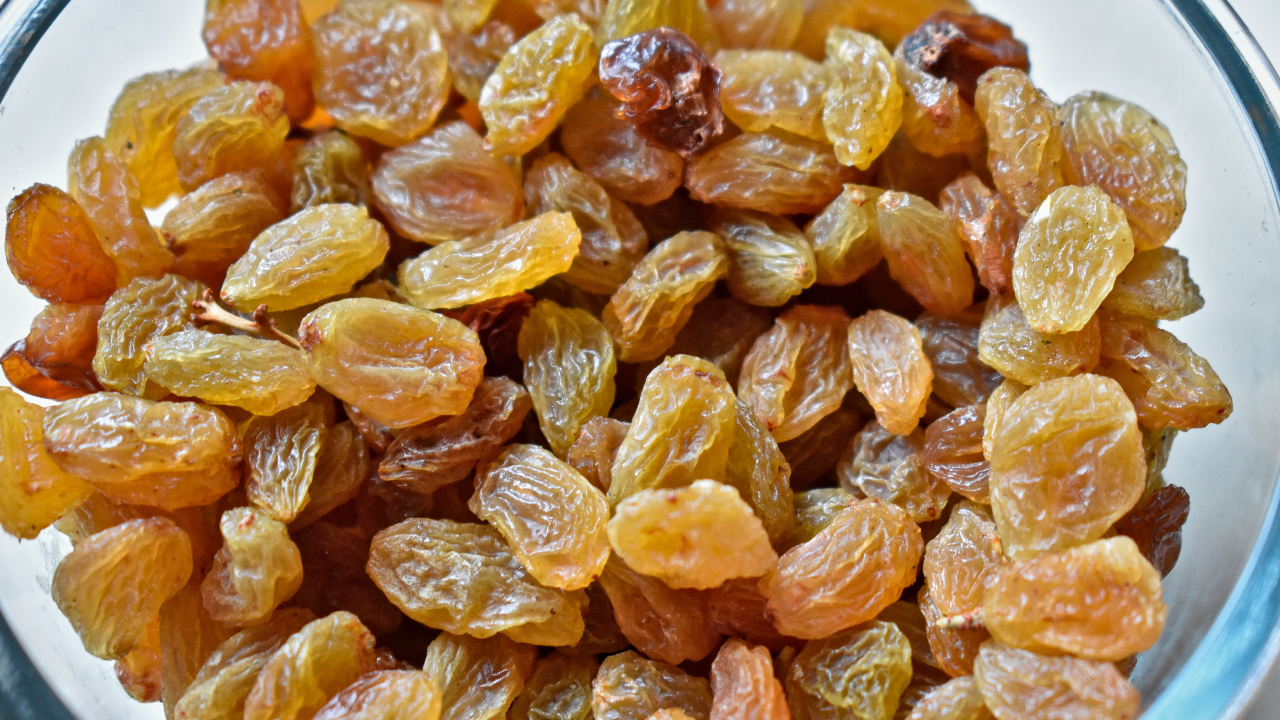Swede is short for Swedish turnip, and we also know them as rutabagas. You may have seen horses eating turnips and might be wondering can horses eat swede too? But before you give your horse any new treats, you need to learn if it's safe first. And you can find out everything you need to know about feeding your horse swede in our helpful guide below.
Can Horses Eat Swede?
Even though they’re from the same family, swedes aren’t the same as standard turnips. They’re a different size, shape and color, and they also contain different nutrients. But the great news is, just like turnips, swede can be a fantastic addition to your horse's diet.
Is Swede Healthy For Horses?
Overall, swede is a pretty healthy snack for your horse. It’s fat-free, low in calories and high in fiber. However, it does contain a moderate amount of sugar, and it's why they’re sweeter than turnips. But this means you shouldn’t feed swede to horses who have any metabolic issues.
Swedes are high in vitamin C, so they’re great for your horse's immune system. They also contain lots of potassium and magnesium. These are both good for your horse's muscle function and nervous system.
As well as this, swedes contain lots of calcium which helps your horse's teeth and bones. And they also have high levels of vitamin E which is fantastic for your horse's skin and eyes.
Warnings About Feeding Horses Swede
Just like with all fruit and vegetable snacks, you should feed your horse swede in moderation. A horses digestive system isn’t designed to deal with large amounts of concentrated food. This means if they eat too much swede all at once, it could cause colic.
As well as this, you must introduce swede slowly into your horse's diet. Sudden changes in your horse's diet may also cause colic. So to begin with, only feed your horse a couple of small chunks of swede at first to see how they get on.
If your horse is fine after 24 hours of feeding the swede, gradually increase the portion size. However, if your horse has any adverse reactions to the swede, such as bloating or diarrhea, don’t feed them any more swede.
You shouldn’t feed swede to horse with metabolic conditions such as laminitis, insulin resistance or Cushing's disease. This is because the moderate amount of sugar found in swedes can make these conditions worse.
Additionally, you must never feed swede to horses with HYPP (Hyperkalemic Periodic Paralysis). Horses with this condition can’t have too much potassium in their diets, and swede is pretty high in potassium.
Tips on How to Prepare Swede For Horses
Swedes are root vegetables, and usually, they’ll be covered in dirt, so you must clean them before you feed them to your horse. The best way to do this is with water and a firm scrubbing brush.
As well as this, you should always chop up fruit and vegetables into bite-sized pieces before you feed them to your horse. This is because large chunks could become stuck in your horse's windpipe if they don’t chew them properly, resulting in a choke.
Chop the swede into one-inch chunks to reduce the chances of choke. Pieces this size will be too small to get stuck in your horse's windpipe.
You can also use swede as a boredom breaker in your horse's stable. Leave a whole swede on the stable floor. This will roll around as your horse tries to eat it and will keep them entertained for hours on end. You can also bore a hole through the center of the swede and tie it up with a string.
When you use a swede as a boredom breaker, only give your horse one every week to 10 days. Remember, if your horse eats too much swede, this can be bad for its health.
Conclusion
The answer to your question “can horses eat swede?” is a most definite yes. As long as your horse doesn’t have any underlying health issues, swede makes a very healthy addition to your horse's diet. You can even use a swede as a boredom breaker in your horses stable. However, you must limit your horse's swede intake to 1 swede every week to 10 days because too much swede can be bad for your horse's health.
